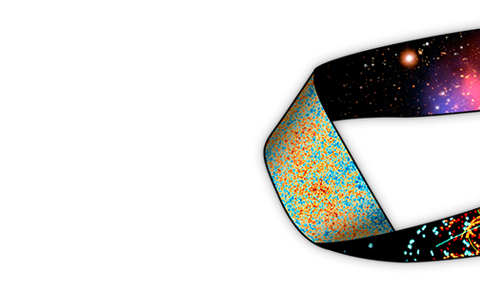We work on topics in theoretical cosmology and astrophysics, at the interface with fundamental particle physics.
Dark matter: the existence of dark matter is inferred from a host of phenomena, ranging from galaxy kinematics and the clustering of large-scale structure to indirect probes like early Universe nucleosynthesis. But what is dark matter? We study cosmological and astrophysical systems to look for hints of the particle nature of dark matter. Recent projects include the analysis of galactic rotation curves and of supermassive black holes to detect or constrain ultralight dark matter; contrasting strong gravitational lensing with cosmic microwave background anisotropies to probe the inner structure of galaxy halos; and the study of globular cluster orbital dynamics in dark matter-dominated dwarf galaxies.
Vacuum tunneling, Higgs physics: how do cosmological phase transitions take place? What are the symmetries of a vacuum bubble? What can measurements of particles and interactions around the local vaccum of the Higgs field teach us about the high-energy behaviour of the theory?
Cosmic rays: high-energy cosmic rays fill the Galaxy, but where do they come from? While the propagation of cosmic rays in the interstellar medium may be complicated, out-of-equilibrium and nonlinear, some basic properties may be revealed by first-principle particle physics computations. Examples include cosmic ray antimatter (positrons and antinuclei) and spallation-induced secondaries (boron, beryllium), the abundance of which is determined by interaction cross sections. We work to shed light on the origin of cosmic rays using these first-principle anchors.


